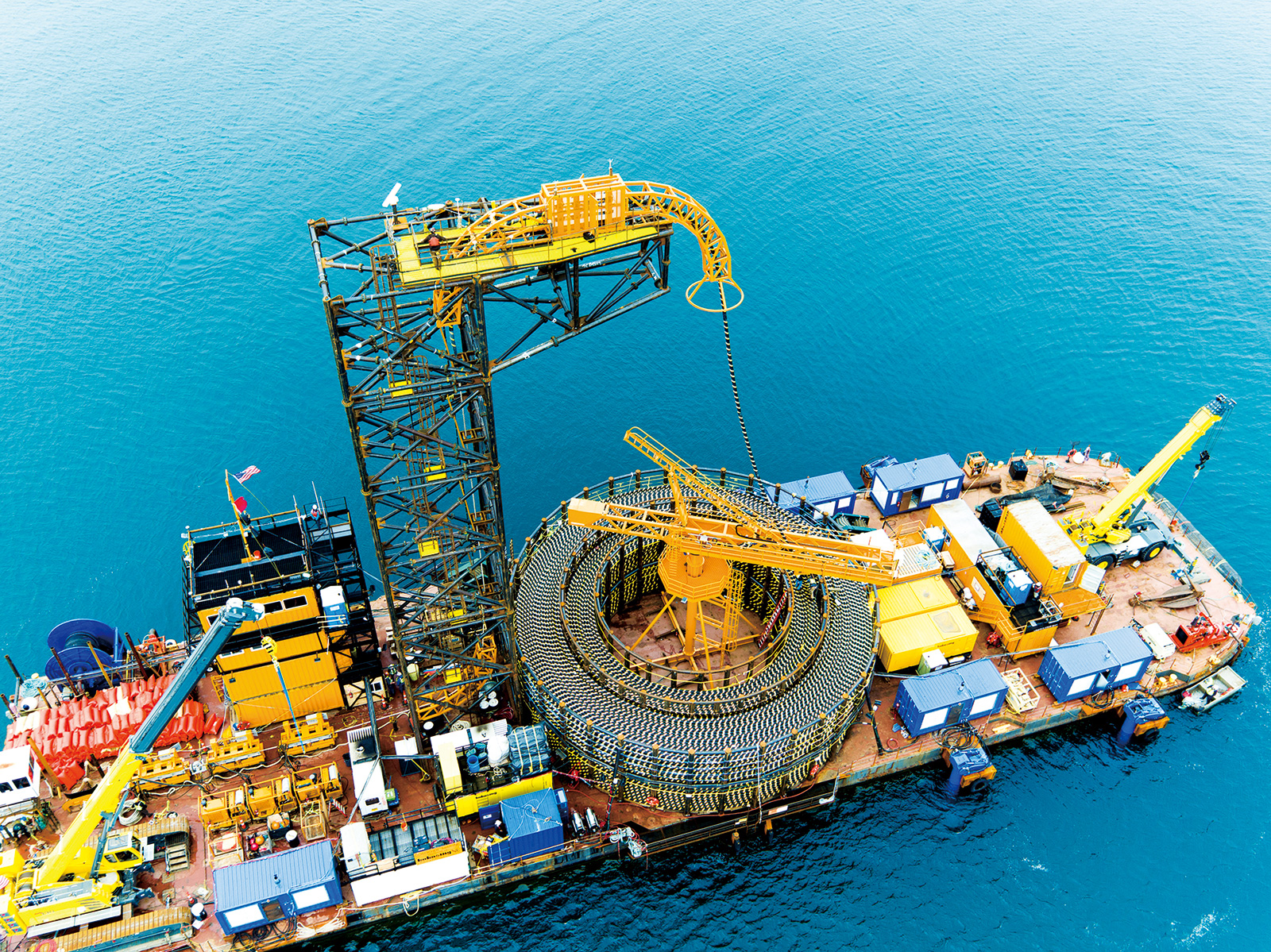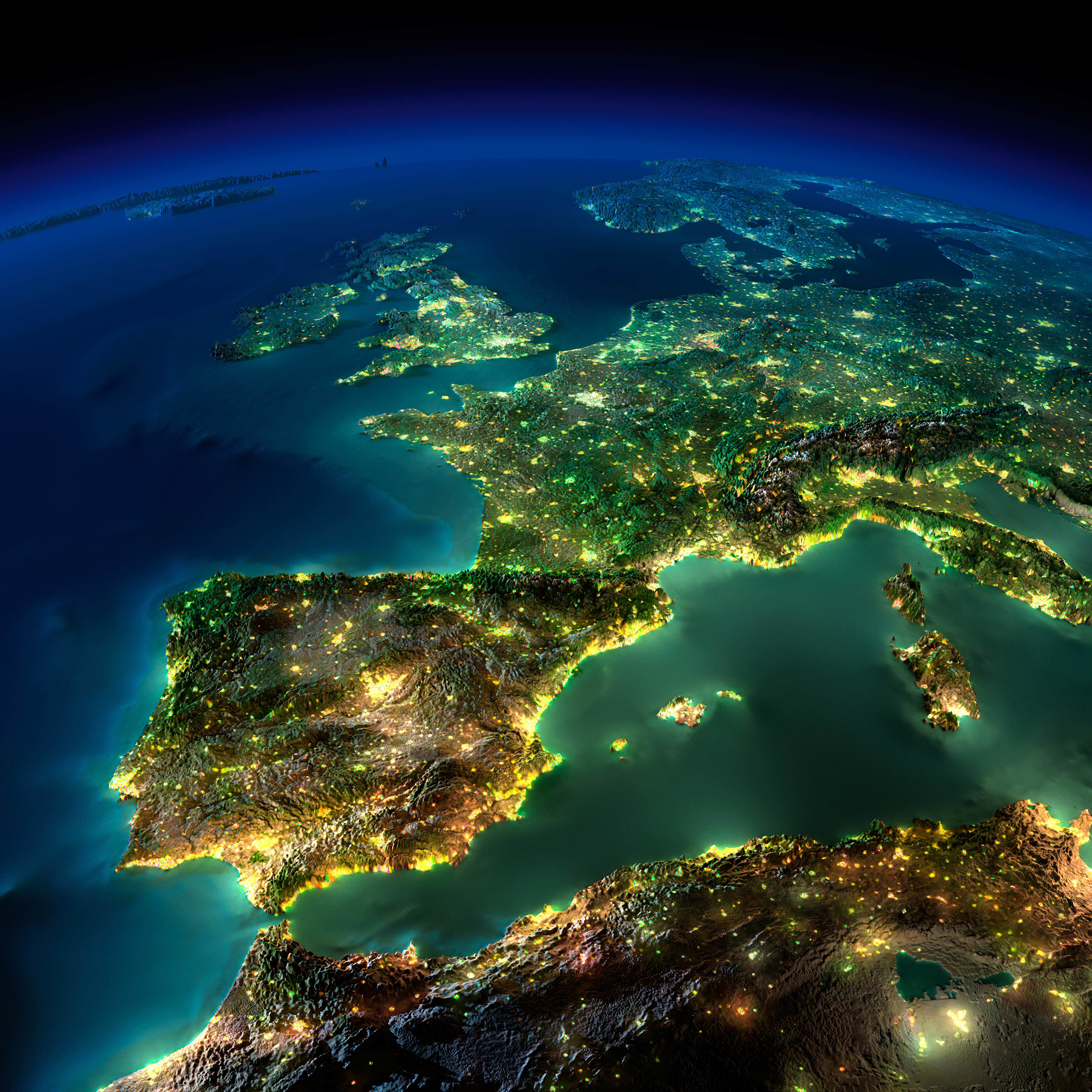The UK has a significant demand for electricity and is committed to moving away from the use of fossil fuels to meet this demand, with a legally binding target to achieve net zero emissions by 2050. This means that the total greenhouse gas emissions would be equal to the emissions removed from the atmosphere, with the aim of limiting global warming and resultant climate change.
To achieve this, we need a fundamental shift to an almost entirely clean energy supply – but investing in renewable energy infrastructure will also strengthen the UK’s energy security, foster innovation, and promote economic growth, all while creating a greener, more resilient future.
Sub-sea and onshore underground cables will play a critical role to achieving this both internationally and nationally – increasing both resilience and profitability.
Cleaning up and scaling up Britain’s energy supply
Nationally, the Government has a target of 43-50GW (gigawatts) of offshore wind by 2030 – which could power almost every UK home. Sub-sea and onshore underground cables play an essential role in delivering energy from these projects, transporting clean energy from the development’s source to homes, shops, and industrial centres.
The UK plans to phase out natural gas as an electricity source to coincide with the roll out of new nuclear power capacity at Hinkley Point C and Sizewell C. In the meantime, however, the roll out of electric vehicles and other technologies, the phase out of gas boilers for domestic heating and demand from uses such as AI computing, and data centres, is expected to result in a significant increase in electricity demand.
Some of this increased demand will likely be offset by the adoption of hydrogen as a fuel source, improvements in energy efficiency, and scalable and efficient energy storage, but a wide range of secure, low carbon and reliable sources of energy will be required to support the energy demand of the UK’s economy and domestic markets.



